Black (Hole) Friday!
Black (Hole) Friday!
It’s Black Friday, but for us, it’s the annual Black Hole Friday! Today, we’ll post awesome images and information about black holes.

A black hole is a place in space where gravity pulls so much that even light cannot get out. The gravity is so strong because matter has been squeezed into a tiny space…sort of like all of those shoppers trying to fit into the department stores today.
Because no light can get out, you can’t see black holes with the naked eye. Space telescopes with special tools help find black holes (sort of how those websites help you find shopping deals).

How big are black holes? Black holes can be large or small…just like the lines in all of the stores today. Scientists think the smallest black holes are as small as just one atom. These black holes are very tiny but have the mass of a large mountain!

So how do black holes form? Scientists think the smallest black holes formed when the universe began. Stellar black holes are made when the center of a very big star collapses. When this happens, it causes a supernova.

A supernova is an exploding star that blasts part of its mass into space.

Supermassive black holes are an altogether different story. Scientists think they were made at the same time as the galaxy they in they reside. Supermassive black holes, with their immense gravitational pull, are notoriously good at clearing out their immediate surroundings by eating nearby objects. When a star passes within a certain distance of a black hole, the stellar material gets stretched and compressed – or “spaghettified” – as the black hole swallows it. A black hole destroying a star, an event astronomers call “stellar tidal disruption,” releases an enormous amount of energy, brightening the surroundings in an event called a flare. In recent years, a few dozen such flares have been discovered.

Then there are ultramassive black holes, which are found in galaxies at the centers of massive galaxy clusters containing huge amounts of hot gas.
Get more fun facts and information about black holes.
Follow us on social media.
Make sure to follow us on Tumblr for your regular dose of space: http://nasa.tumblr.com
More Posts from Youaurendenial and Others










i spent most of my time today reading the Dwarf Fortress Bugs Twitter
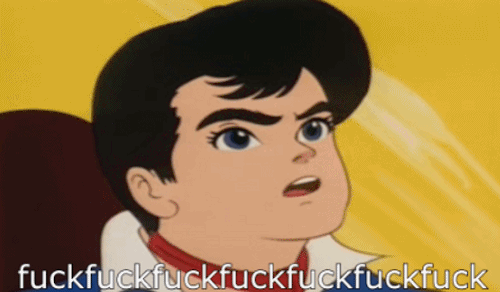
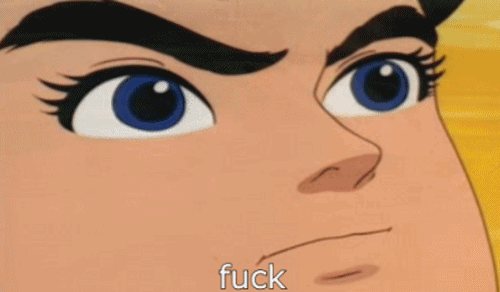
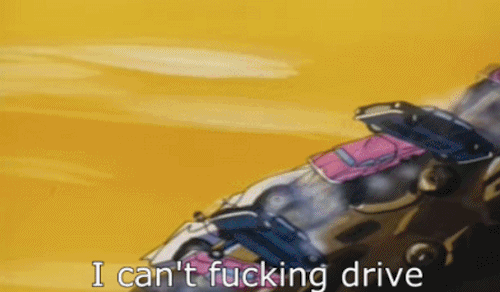
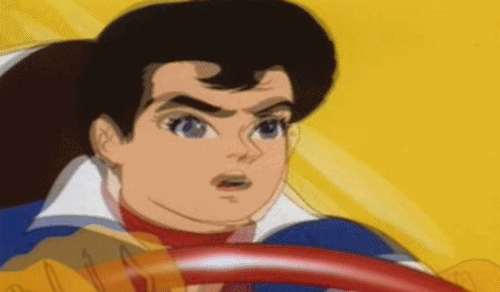
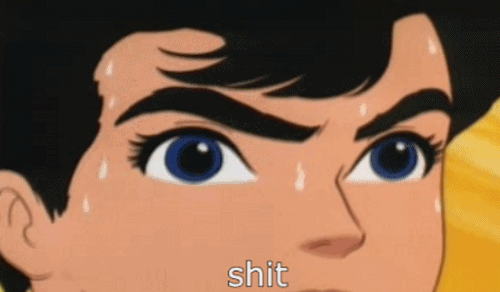
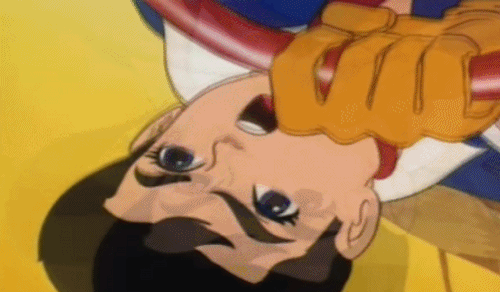







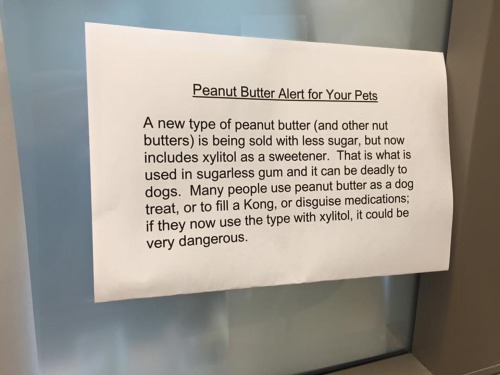
Dog owners please be aware.
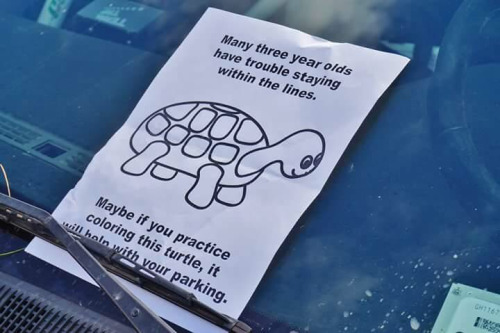
Do you need some ice for that burn?
I’VE LISTENED TO THIS 58 TIMES SNED HELP


Smell That
The James Webb Space Telescope: A Story of Art & Science

Artists of all kinds were invited to apply for the chance to visit our Goddard Space Flight Center to be inspired by the giant, golden, fully-assembled James Webb Space Telescope mirror.

Art/Photo Credit: Jedidiah Dore
Webb has a mirror that is nearly 22 feet high and (to optimize it for infrared observations) is covered in a microscopic layer of actual gold.

Art/Photo Credit: Susan Lin
Because of Webb’s visually striking appearance, the project hosted a special viewing event on Wednesday, Nov. 2, 2016.

Photo Credit: Maggie Masetti
There was an overwhelming response to the event invitation and ultimately twenty-four people were selected to attend. They represented a broad range of artistic media and styles, including: watercolor, 3D printed sculpture, silk screening, acrylics, sumi-e (East Asian brush technique), comics, letterpress, woodwork, metalwork, jewelry making, fiber art, ink, mural painting, kite-making, tattooing, scientific illustration, poetry, songwriting, and video making.

Art/Photo Credit: Sue Reno
Project scientists and engineers spoke with visitors to give context to what they were seeing and explain why Webb is an engineering marvel, and how it will change our view of the universe.

Among other things, Webb will see the first stars and galaxies that formed in the early universe and help us to better understand how planetary systems form and evolve. It will help us answer questions about who we, as humans, are and where we came from.

Art Credit: Jessica Lee Photo Credit: Maggie Masetti
The artists spent several hours sitting right in front of the telescope, where they sketched, painted, took photos and even filmed a music video.

Art Credit: Joanna Barnum Photo Credit: Maggie Masetti
While some of the pieces of art are finished, most of the artists went home with their heads full of ideas and sketchbooks full of notes. Stay tuned for more info on where you can see their final works displayed!

Art/Photo Credit: Susan Lin
Finished art from the event continues to be added HERE.
The James Webb Space Telescope is finishing environmental testing at our Goddard Space Flight Center in Greenbelt, Maryland. Next it will head to our Johnson Space Center in Houston for an end-to-end test at cryogenic temperatures. After that, it goes to Northrop Grumman to be mated with the giant tennis court-sized sunshield and the spacecraft bus. The observatory will launch in October of 2018 from a European Space Agency (ESA) launch site in French Guiana, aboard an Ariane 5 rocket. Webb is a collaboration of NASA, ESA, and the Canadian Space Agency (CSA).
Follow Webb on Facebook, Twitter and Instagram.
Make sure to follow us on Tumblr for your regular dose of space: http://nasa.tumblr.com
Be inspired
-
 furioustigermiracle liked this · 7 months ago
furioustigermiracle liked this · 7 months ago -
 wtf-is-a-person reblogged this · 1 year ago
wtf-is-a-person reblogged this · 1 year ago -
 wtf-is-a-person liked this · 1 year ago
wtf-is-a-person liked this · 1 year ago -
 berrie-b liked this · 5 years ago
berrie-b liked this · 5 years ago -
 euterp3 liked this · 7 years ago
euterp3 liked this · 7 years ago -
 bluerunnah liked this · 7 years ago
bluerunnah liked this · 7 years ago -
 caits-art-blog liked this · 7 years ago
caits-art-blog liked this · 7 years ago -
 rh35211 reblogged this · 7 years ago
rh35211 reblogged this · 7 years ago -
 thevoid-exe liked this · 7 years ago
thevoid-exe liked this · 7 years ago -
 todayintokyo liked this · 7 years ago
todayintokyo liked this · 7 years ago -
 ifrainbowsweredark reblogged this · 7 years ago
ifrainbowsweredark reblogged this · 7 years ago -
 ifrainbowsweredark liked this · 7 years ago
ifrainbowsweredark liked this · 7 years ago -
 geekyrandom liked this · 7 years ago
geekyrandom liked this · 7 years ago -
 asjonauts reblogged this · 7 years ago
asjonauts reblogged this · 7 years ago -
 asjonauts liked this · 7 years ago
asjonauts liked this · 7 years ago -
 megahappystrangedaysornaah liked this · 8 years ago
megahappystrangedaysornaah liked this · 8 years ago -
 liptonrm reblogged this · 8 years ago
liptonrm reblogged this · 8 years ago -
 inkyshark reblogged this · 8 years ago
inkyshark reblogged this · 8 years ago -
 nataleedyer reblogged this · 8 years ago
nataleedyer reblogged this · 8 years ago -
 karasuno-king liked this · 8 years ago
karasuno-king liked this · 8 years ago -
 t-p-allen-blog liked this · 8 years ago
t-p-allen-blog liked this · 8 years ago -
 commandowolfactual liked this · 8 years ago
commandowolfactual liked this · 8 years ago -
 fleurdebach5-blog liked this · 8 years ago
fleurdebach5-blog liked this · 8 years ago -
 nerdypandaenemy liked this · 8 years ago
nerdypandaenemy liked this · 8 years ago -
 potatohunter747-blog reblogged this · 8 years ago
potatohunter747-blog reblogged this · 8 years ago -
 augusteightnine reblogged this · 8 years ago
augusteightnine reblogged this · 8 years ago -
 stvidomina liked this · 8 years ago
stvidomina liked this · 8 years ago -
 crystalfishy liked this · 8 years ago
crystalfishy liked this · 8 years ago -
 infrequentlyvile reblogged this · 8 years ago
infrequentlyvile reblogged this · 8 years ago -
 bleepbloopclub reblogged this · 8 years ago
bleepbloopclub reblogged this · 8 years ago -
 acidcorrodes reblogged this · 8 years ago
acidcorrodes reblogged this · 8 years ago -
 pinkfoxtale liked this · 8 years ago
pinkfoxtale liked this · 8 years ago -
 thestarsarewatchingoveryou reblogged this · 8 years ago
thestarsarewatchingoveryou reblogged this · 8 years ago -
 laurisbelles liked this · 8 years ago
laurisbelles liked this · 8 years ago -
 plxarmom liked this · 8 years ago
plxarmom liked this · 8 years ago -
 jupiter235 reblogged this · 8 years ago
jupiter235 reblogged this · 8 years ago
